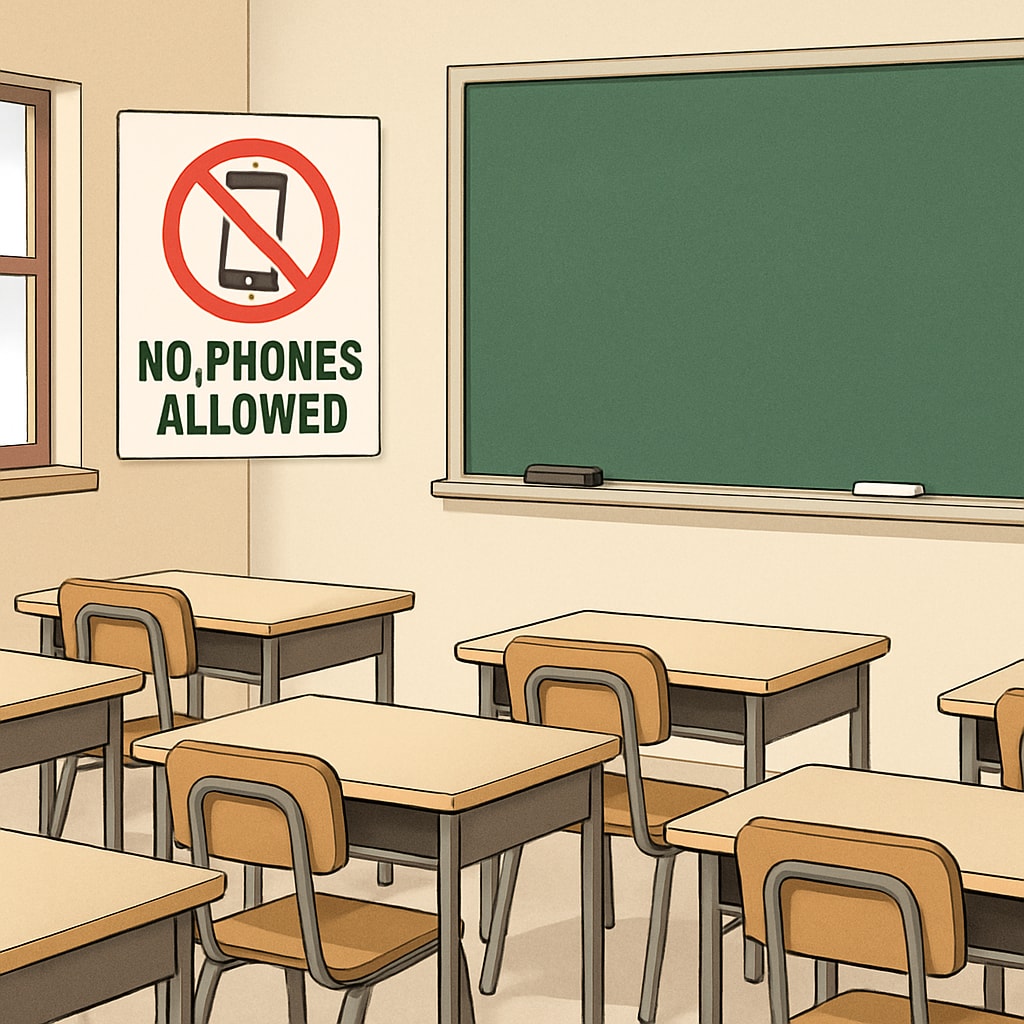The newly introduced campus phone ban in public and private schools has ignited widespread discussion among educators, parents, and students. Advocates argue that the ban helps foster focused learning environments by eliminating distractions, while critics worry about the unintended consequences on students’ autonomy, psychological well-being, and social skills. This debate highlights the challenge of balancing technology use and educational priorities in an increasingly digital society.
Understanding the Campus Phone Ban
The campus phone ban is a policy designed to restrict the use of mobile phones during school hours. Public schools, which often follow state-mandated guidelines, have been quicker to enforce such rules. Private schools, however, enjoy greater autonomy and have responded with a mix of acceptance and resistance. The policy usually requires students to keep their phones in lockers or turn them off during classes, aiming to minimize distractions and encourage in-person interactions.

Proponents of the ban emphasize the benefits of reduced distractions. According to a study by Britannica, multitasking with devices hampers attention spans and cognitive performance, particularly in young learners. By removing phones, schools hope to create an environment where students can concentrate more effectively on their studies.
Benefits of the Ban: Focus and Discipline
Supporters argue that the phone ban promotes classroom attentiveness and academic discipline. Teachers report fewer disruptions during lessons and improved engagement among students. Additionally, banning phones may reduce incidents of cyberbullying and unhealthy social media comparisons, which have been linked to mental health issues.
- Improved Academic Performance: With fewer distractions, students can better absorb lessons and complete assignments efficiently.
- Enhanced Social Interaction: Without phones, students are more likely to engage in face-to-face conversations, building stronger interpersonal skills.
- Reduced Anxiety: A break from constant notifications can alleviate stress and promote mindfulness.
For instance, a report on education policies highlighted that schools implementing phone bans observed a measurable improvement in test scores, particularly among younger students who are more susceptible to distractions.
Addressing the Critics: Autonomy and Digital Literacy
Despite its merits, the policy has received pushback from parents, students, and even some educators. Critics argue that banning phones deprives students of an important tool for learning and communication in the digital age. They contend that schools should teach responsible phone use rather than impose outright restrictions.
Moreover, concerns about psychological effects have surfaced. Adolescents, who rely on phones for social interaction, may feel isolated or anxious without access to their devices. This is particularly relevant in private schools, where students often use phones for academic purposes, such as research or collaborative projects.

Private vs. Public Schools: A Divergence in Approach
The implementation of phone bans varies significantly between public and private schools. Public schools, bound by state policies, generally adopt a uniform approach. Private schools, however, enjoy greater flexibility and often tailor policies to their unique student demographics.
Private institutions may opt for moderated policies, allowing phone use during designated times or for specific educational activities. This approach seeks to balance the benefits of reduced distractions with the need for digital literacy in modern education. It also reflects the differing priorities and resources available to private schools compared to their public counterparts.
Finding a Balance in the Digital Age
The debate over the campus phone ban underscores a broader challenge: how to adapt traditional education models to a digital-first world. While the ban may enhance focus and discipline, it also raises questions about preparing students for a tech-driven future. Schools must find innovative ways to integrate technology into learning without letting it become a distraction.
Some potential solutions include:
- Digital Etiquette Education: Teach students responsible phone use and the importance of setting boundaries.
- Hybrid Policies: Permit phone use for academic purposes while restricting recreational use during school hours.
- Parental Involvement: Encourage parents to support school policies and promote healthy phone habits at home.
Ultimately, the success of such policies depends on collaboration among educators, parents, and students. By fostering open dialogue and adapting to evolving needs, schools can create environments that support both academic success and personal development.
Readability guidance: The article uses short paragraphs, lists to summarize key points, and transitions to maintain coherence. It balances perspectives and includes actionable insights for educators and policymakers.


